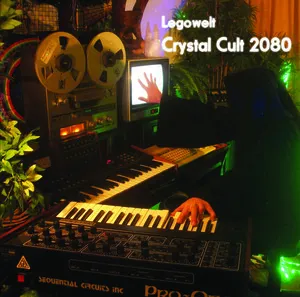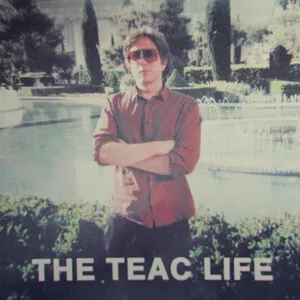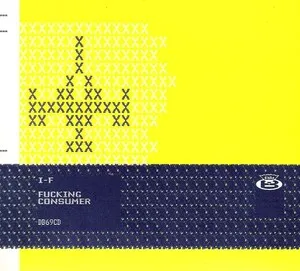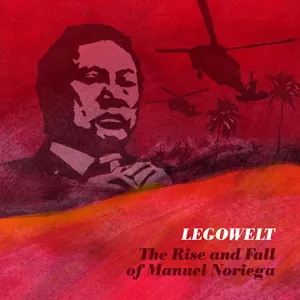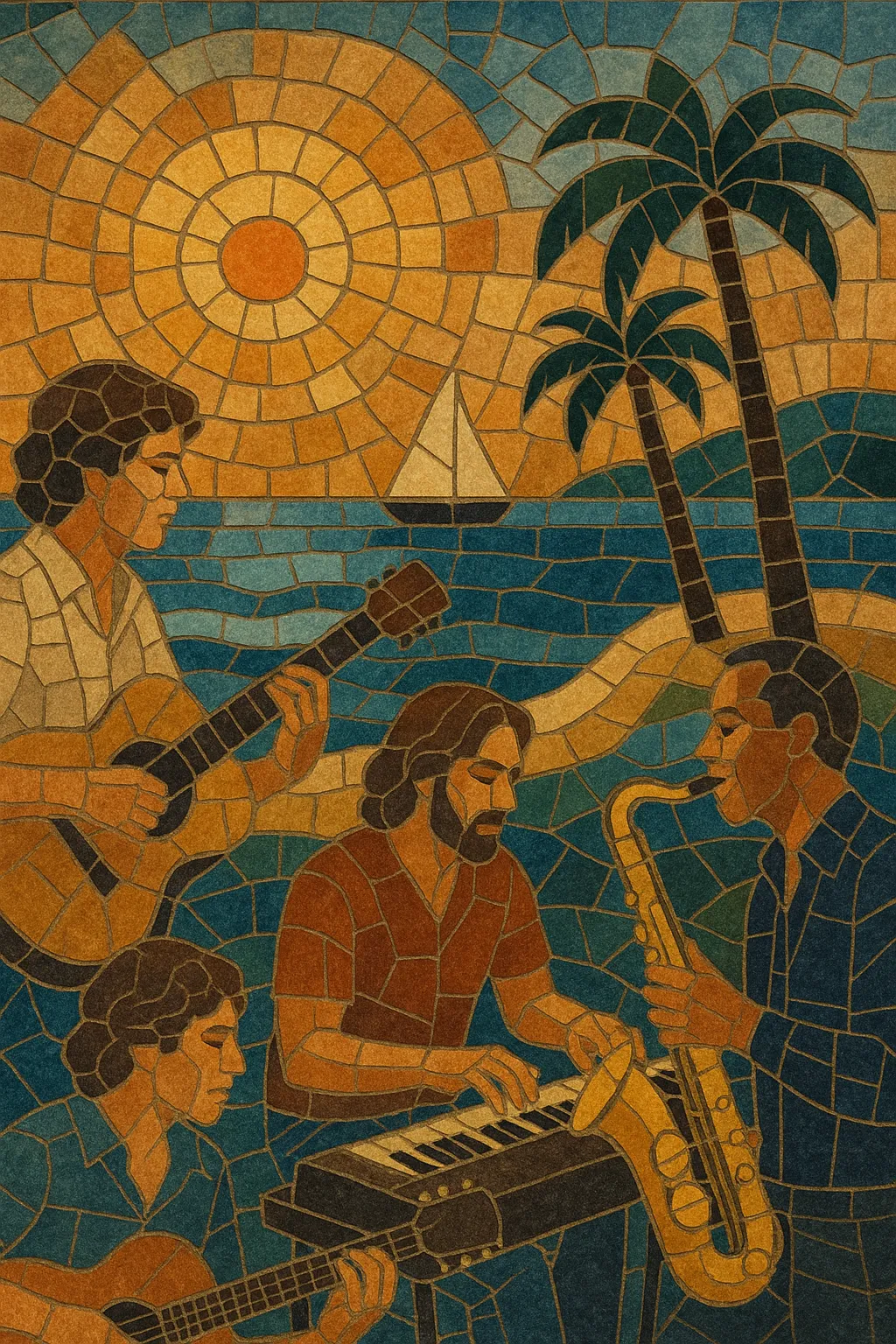
West Coast Sound of Holland is the Dutch take on the sleek, jazz-inflected American West Coast AOR/yacht-rock aesthetic. It blends soft rock songwriting with soul, funk, and smooth-jazz colors, and presents them with immaculate studio polish.
Typical hallmarks include glossy production, clean and chorus‑tinged guitars, Fender Rhodes and other electric keyboards, saxophone or guitar solos, rich backing vocals, and rhythm sections that feel tight yet relaxed. Harmonically, the style favors major‑7th and 9th chords, tasteful modulations, and sophisticated bridge writing. Lyrically it leans toward romance, travel, coastal imagery, and cosmopolitan lifestyle themes—often delivered in English by Dutch bands aspiring to international airplay.
The scene emerged from the Netherlands’ robust studio culture and session‑player network, particularly around cities like Hilversum and The Hague, and peaked in the early to mid‑1980s when numerous Dutch acts embraced radio‑friendly, West Coast–styled pop/rock.
Dutch musicians and producers, long known for meticulous studio craft, began absorbing the L.A. “West Coast” AOR sound in the late 1970s. Access to world‑class studios and a strong session‑player culture made it natural for artists to emulate the refined American approach—clean guitars, Fender Rhodes textures, jazz‑flavored chords, and immaculate vocal stacks.
By the early 1980s, a wave of Dutch pop/rock acts leaned decisively into West Coast aesthetics. Singles aimed at international radio paired singable hooks with silky arrangements, mid‑tempo grooves, and sophisticated harmony. Producers and arrangers in the Netherlands sharpened the sound with precise rhythm‑section tracking, horn and sax features, and carefully layered backing vocals, giving these records the same hi‑gloss sheen associated with U.S. counterparts.
This style thrived on the Netherlands’ professional studio ecosystem—engineers, arrangers, and session players fluent in jazz, funk, and pop. The result was a characteristically Dutch blend: West Coast songwriting sensibilities, European pop concision, and a touch of jazz‑rock virtuosity.
As dance‑pop and house reshaped European charts in the late 1980s, the West Coast Sound of Holland receded from mainstream radio. Decades later, crate‑diggers, reissue labels, and online communities revived interest, highlighting how Dutch AOR/smooth pop fit into a broader yacht‑adjacent lineage. Today the style is celebrated for its craftsmanship and continues to inform Balearic and nu‑disco selectors who favor silky, sun‑kissed grooves.


